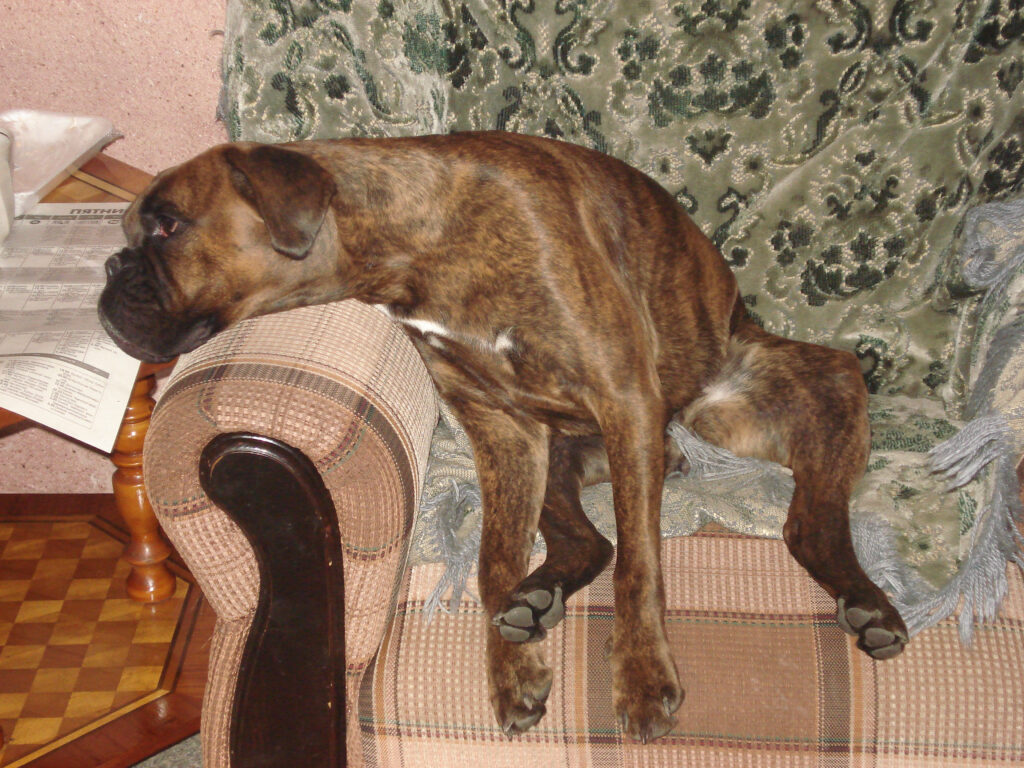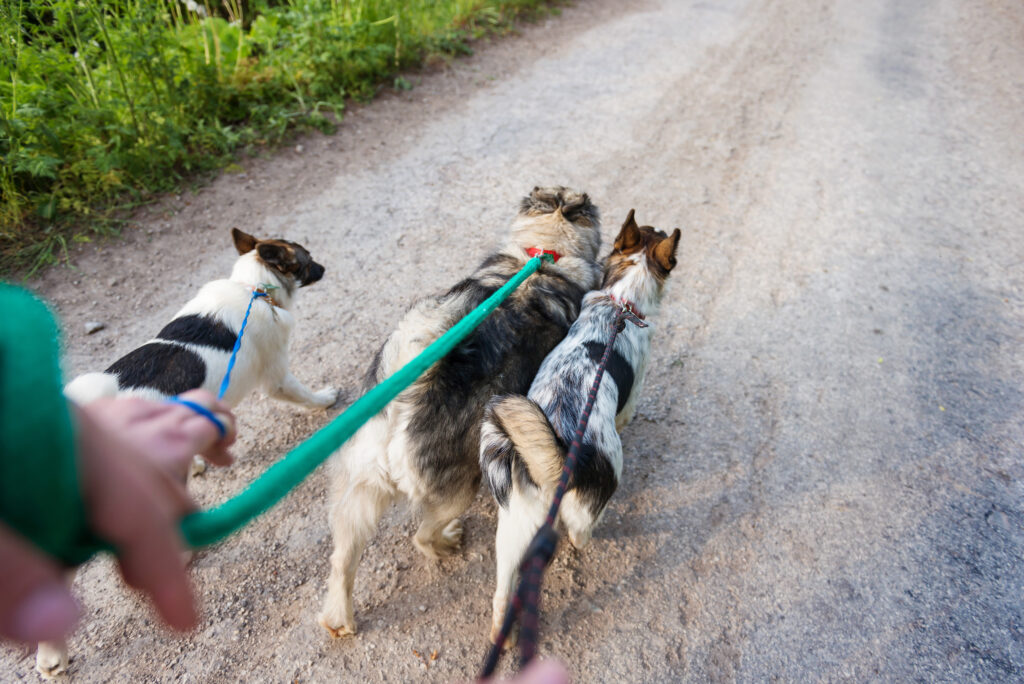We love our dogs for so many reasons including their amazing sensitivity to our moods. Sometimes it’s subtle, but dogs do react to our behavior and our energy level. Just think of a yard filled with happy children running around with their dog(s) instinctively joining in the fun. Similarly, dogs pick up on negativity as can be seen when a dog cowers in the face of humans having an argument.
All this is magnified by the extra time being spent with everyone home plus our own COVID Fatigue. Yes, our dogs are well aware that something has changed!

COVID Triggers Behavior Changes
More than ever, now is a good time to pay attention to your dog’s behavior. Your dog may seem generally happy about having you around more often but at the same time may be exhibiting signs of neediness:
- Jumping in your lap more often and staying there longer.
- Insisting on being petted more than what was usual.
- Being constantly underfoot, unwilling to let you out of sight.
You can also tell a lot about how your dog is feeling by its tail. For sure, it’s a good sign when your dog’s tail is held high and wagging. On the other hand, dogs feeling anxious often exhibit tails lowered and moving in short, abrupt strokes.
Other behaviors perhaps indicating a higher level of stress include:
- Pacing for no apparent reason.
- Barking for no apparent reason or barking at strangers through windows and refusing to stop until being reprimanded.
- Gravitating to a new “hideaway,” even if it’s in plain sight. For example, some stressed out dogs find a sense of security by lounging or napping with their side or back end firmly against a wall.

Pets Respond Like People
Just like dogs help us get through our hard times, together we can help ourselves and our dogs get through this with some easy adjustments to our daily routine.
- A walk in the park, literally. Dogs, like people, benefit from the release of endorphins that healthy exertion can provide.
- Like us humans, to different degrees, dogs benefit from time socializing with other dogs. The connection serves as reassurance.
- A massage, starting at the neck and working downward. You might find the ideal rhythm if you keep one hand holding your dog steady, while the other hand works the massage.
- “Calming coats” or T-shirts, which are exactly what you think they are: Coats or shirts that supply gentle but constant pressure to a dog’s torso.
Common sense dictates that the single most important step we can take is to pay attention to our dogs’ behavior and look for signs of stress. It’s always good to reassure your best friend and if all else fails, you’ll know it’s time to reach out to the experts at The Calm K9.
